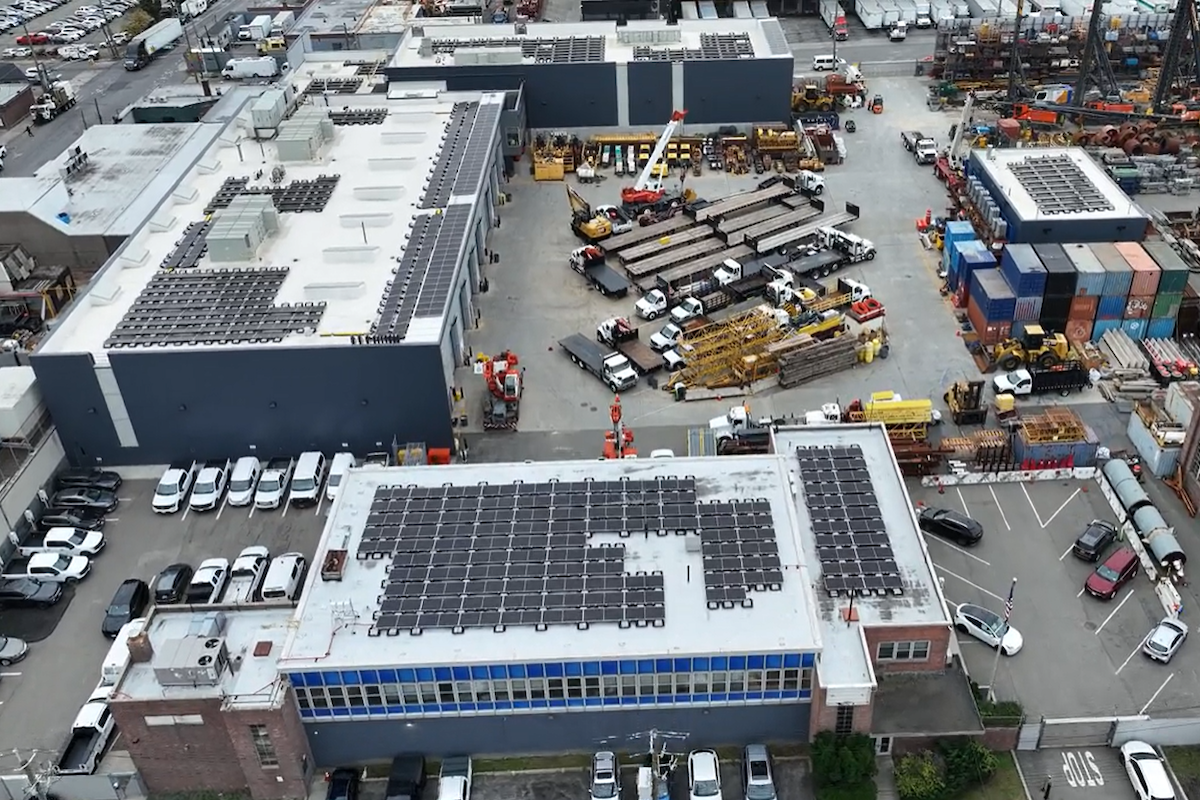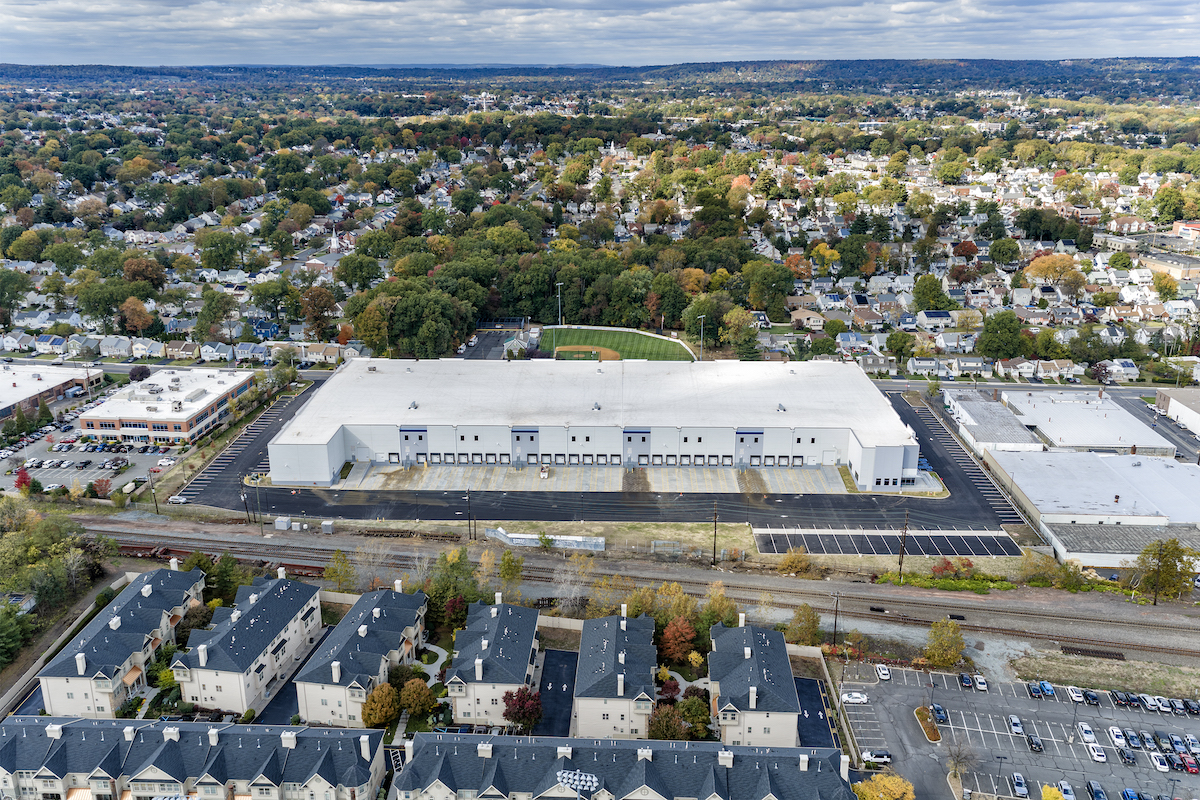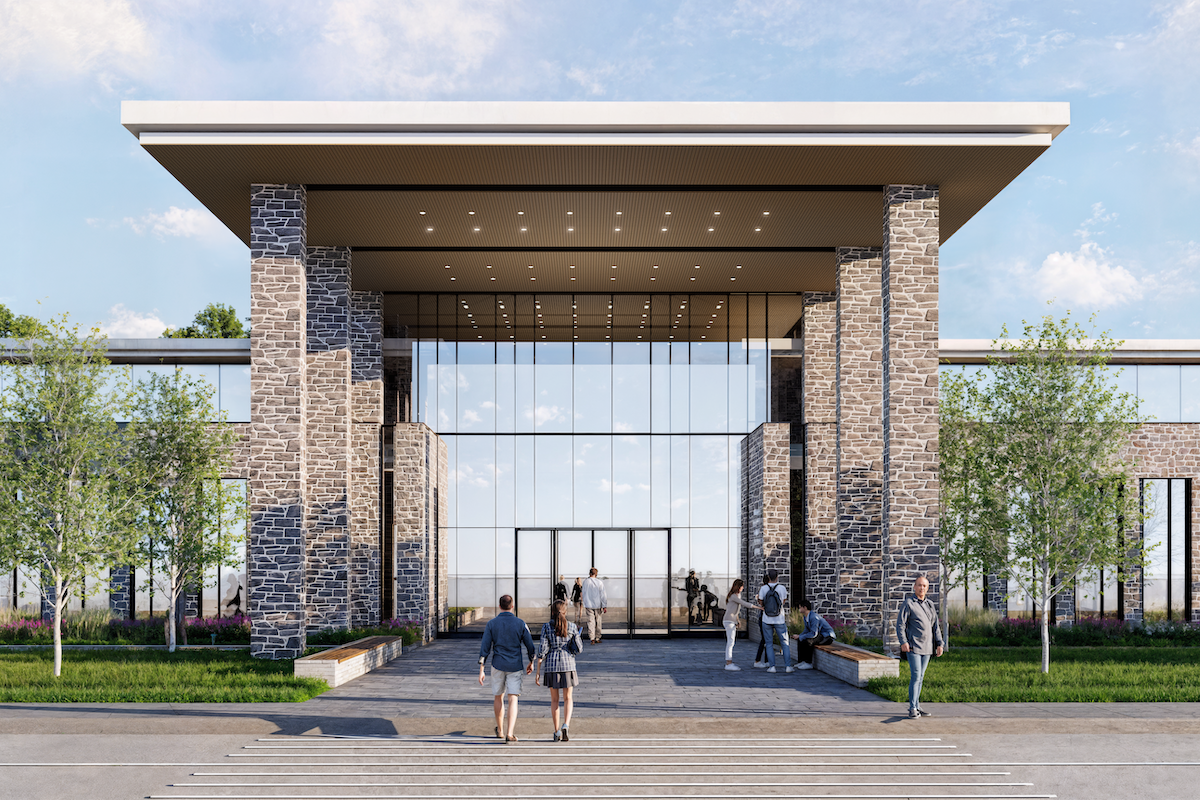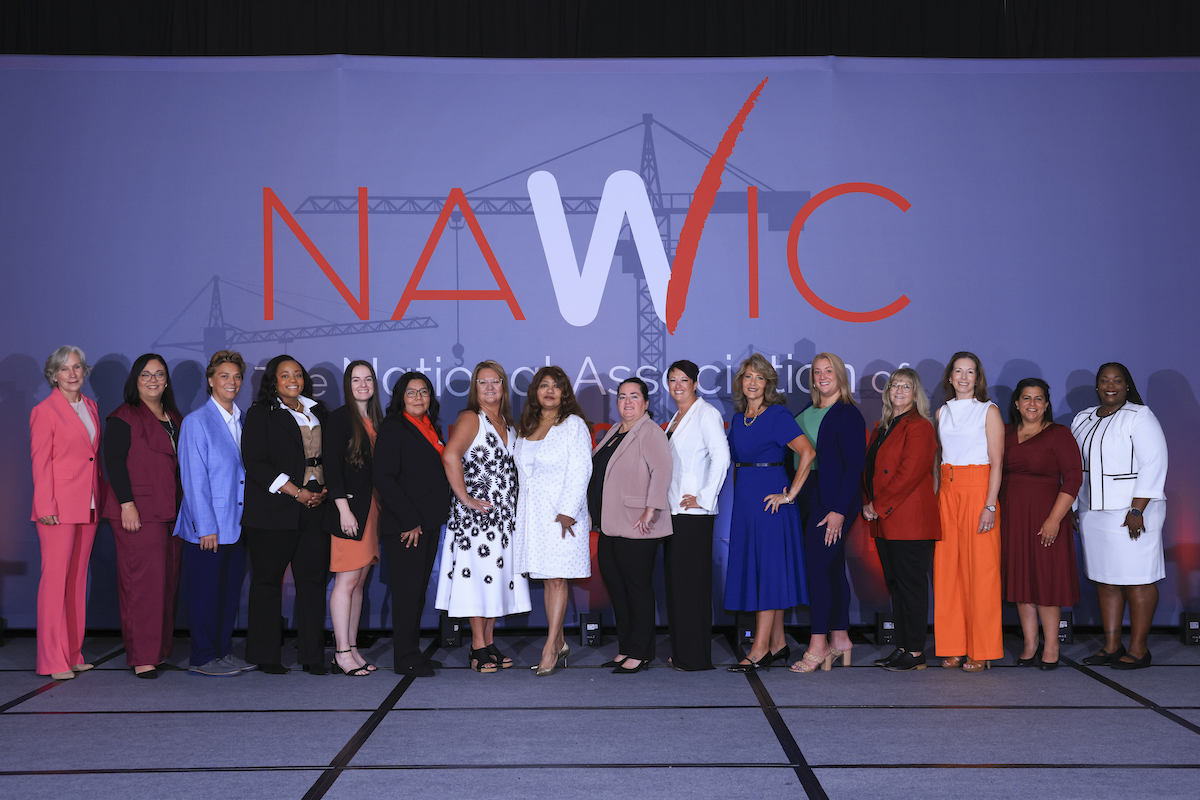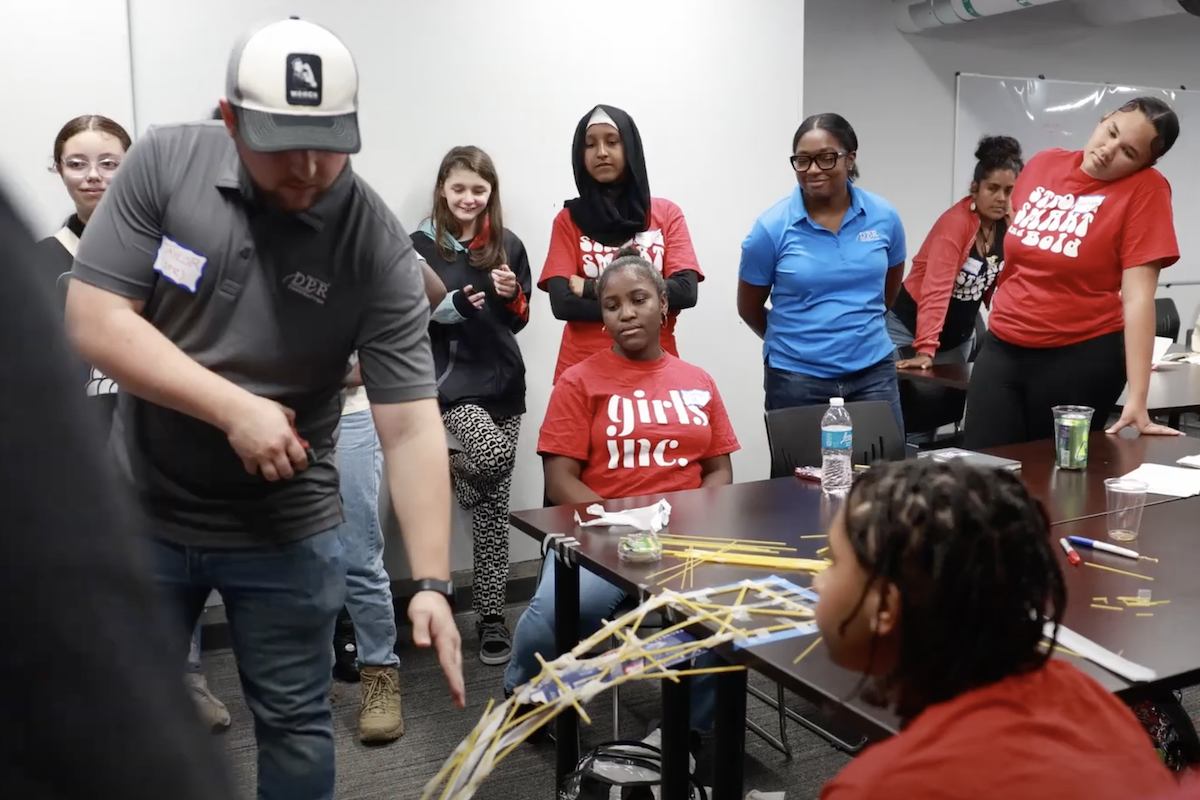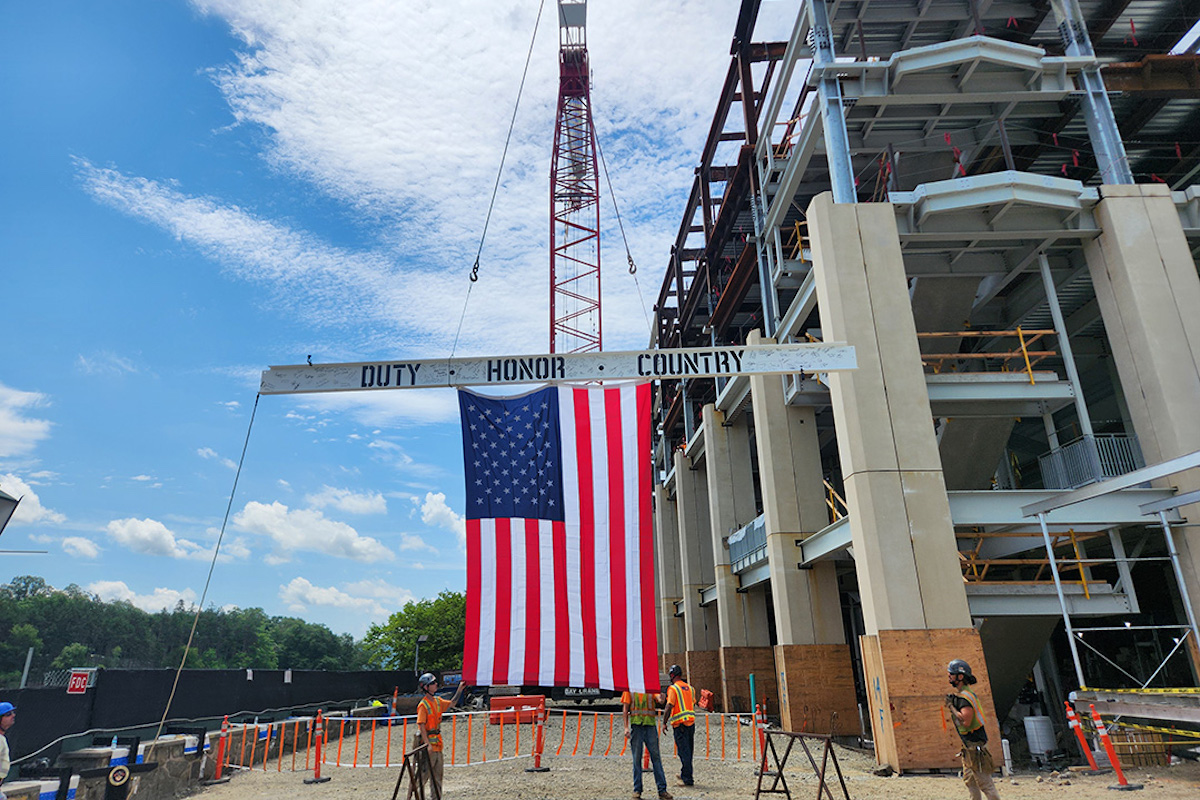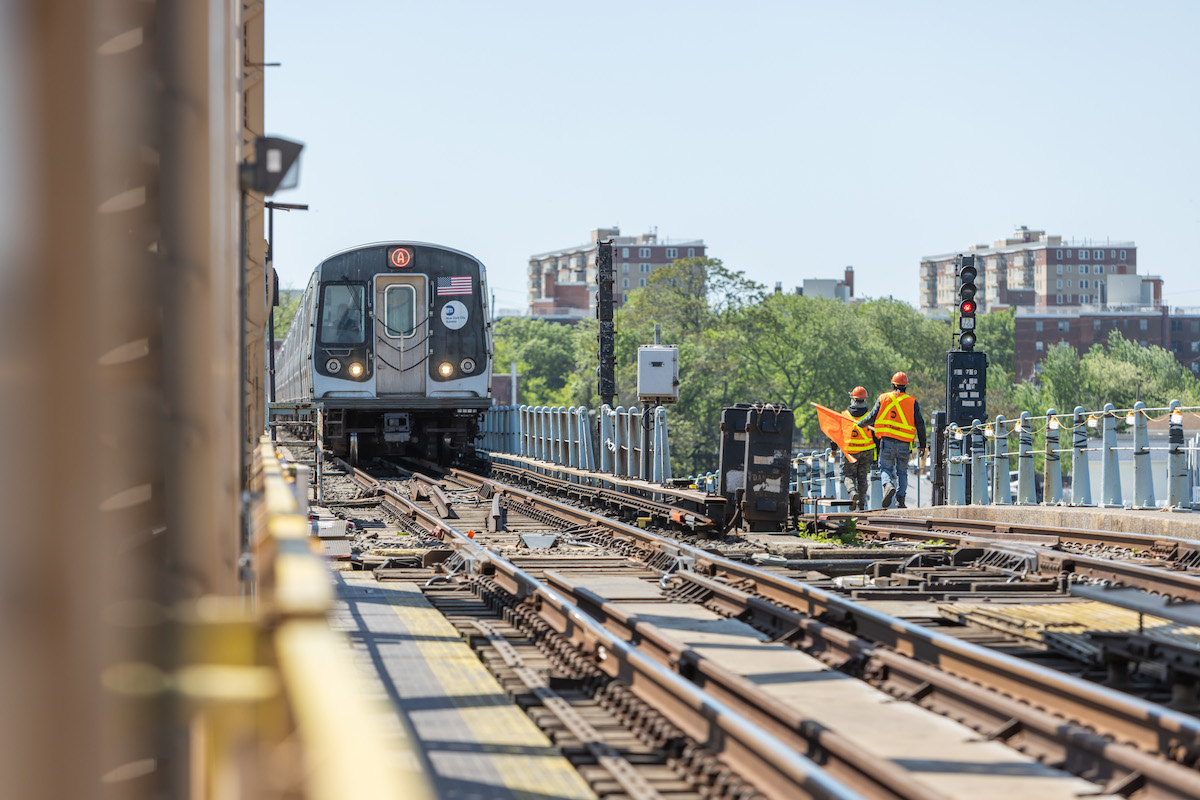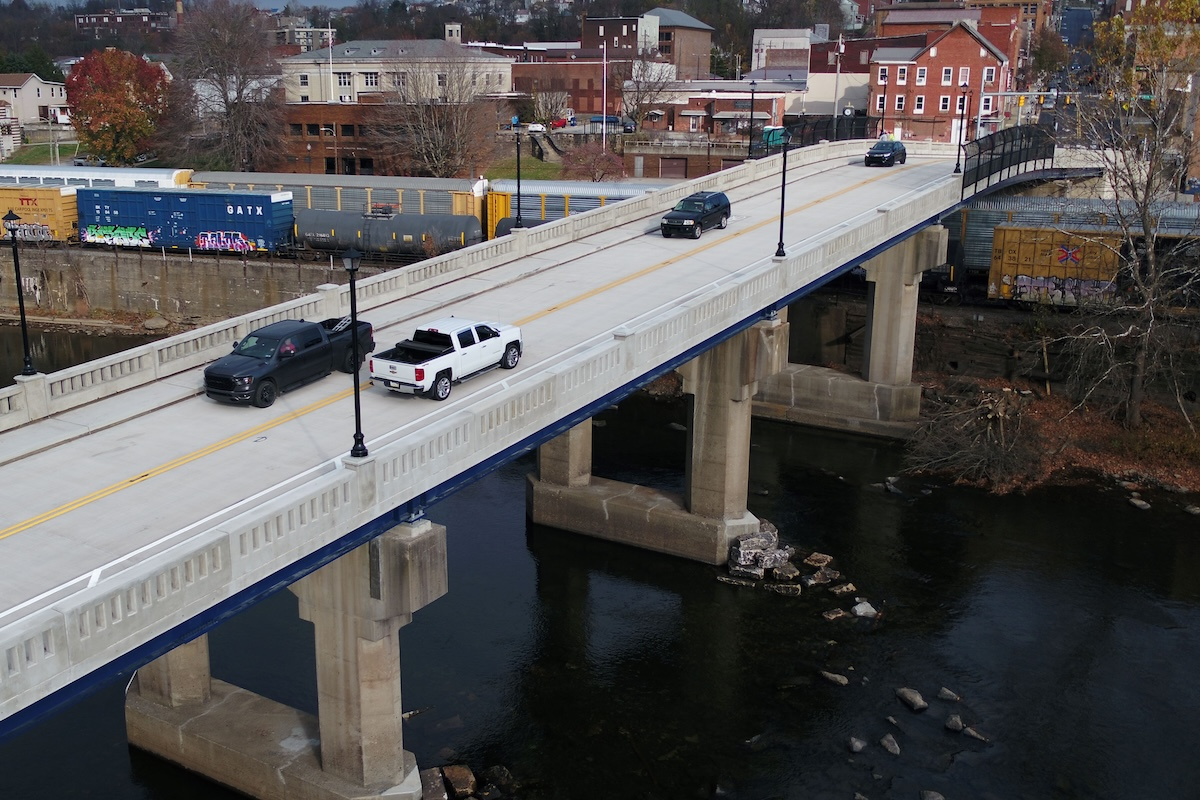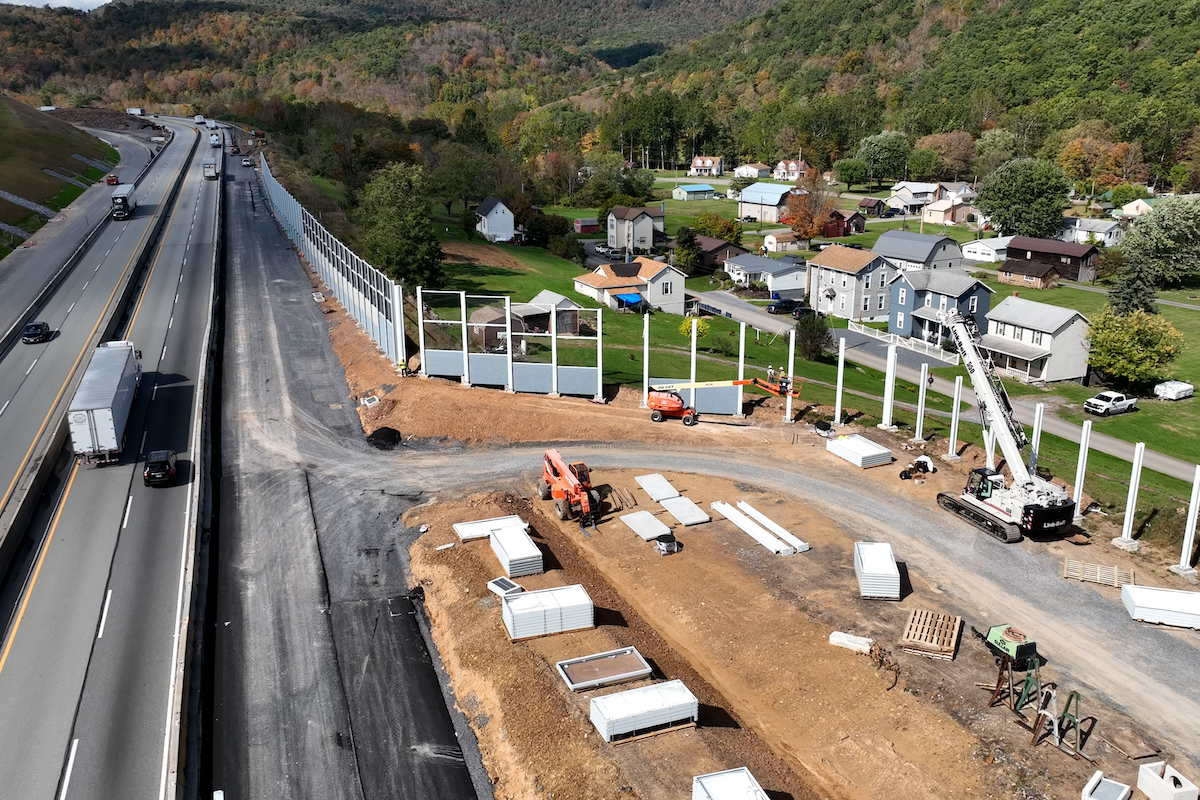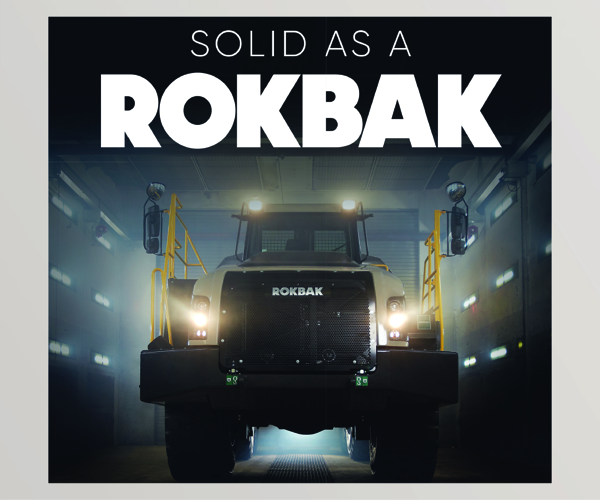The TRIP report, “New York Transportation by the Numbers: Meeting the State’s Need for Safe, Smooth and Efficient Mobility,” finds that throughout New York, nearly half of major locally- and state-maintained roads are in poor or mediocre condition, 10 percent of locally- and state-maintained bridges (20 feet or more in length) are rated poor/structurally deficient, and 5,019 people lost their lives on the state’s roads from 2015-2019. New York’s major urban roads are congested, causing significant delays and choking commuting and commerce. The TRIP report includes statewide and regional pavement and bridge conditions, congestion data, highway safety data, and cost breakdowns for the Albany-Schenectady-Troy, Binghamton, Buffalo-Niagara Falls, New York-Newark-Jersey City, Poughkeepsie-Newburgh-Middletown, Rochester, Syracuse, and Utica urban areas.
Driving on deficient roads costs New York State motorists a total of $28 billion each year in the form of extra vehicle operating costs (VOC) as a result of driving on roads in need of repair, lost time, and fuel due to congestion-related delays, and the costs of traffic crashes in which the lack of adequate roadway safety features, while not the primary factor, likely were a contributing factor.
The TRIP report finds that 26 percent of major locally- and state-maintained roads in New York State are in poor condition and another 19 percent are in mediocre condition, costing the state’s motorists an additional $7.7 billion each year in extra vehicle operating costs, including accelerated vehicle depreciation, additional repair costs, and increased fuel consumption and tire wear.
“These latest findings by TRIP shed more light on the continued need to address the countless roads and bridges causing businesses and employees time and money,” said Melvin Norris, Senior Director of Government Affairs for The Business Council of New York State, Inc. “These careful studies can be used as a roadmap to finally address and solve these problems altogether. We are hopeful that the federal infrastructure package will help in solving this ongoing problem.”

| Your local Trimble Construction Division dealer |
|---|
| SITECH Allegheny |
| SITECH Northeast |
Statewide, 10 percent of New York’s bridges are rated poor/structurally deficient with significant deterioration to the bridge deck, supports, or other major components. Fifty-four percent of the state’s bridges are rated in fair condition, and the remaining 36 percent are in good condition.
Congested roads choke commuting and commerce and cost New York drivers $15.4 billion each year in the form of lost time and wasted fuel. In the most congested urban areas, drivers lose up to $2,107 and as many as 92 hours per year due to traffic congestion. Due to the COVID-19 pandemic, vehicle travel in New York dropped by as much as 45 percent in April 2020 compared to vehicle travel during the same month the previous year, but rebounded to eight percent below October 2019 levels by October 2021.
“Year after year this report highlights the terrible condition of our roads and bridges,” said Mark Eagan, President and CEO of the Capital Region Chamber. "The lack of infrastructure investment has real consequences for the traveling public and for our region's economy. Thankfully with Congress' approval of the infrastructure bill, New York State will have increased funding to improve our crumbling roads and bridges."
Traffic crashes in New York claimed the lives 5,019 people between 2015 and 2019. New York’s overall traffic fatality rate of 0.75 fatalities per 100 million vehicle miles of travel in 2019 is lower than the national average of 1.11. From 2015 to 2019, there were 1,400 pedestrian and 197 bicycle fatalities in New York, 32 percent of the total number of traffic fatalities in the state. Traffic crashes imposed a total of $13.9 billion in economic costs in New York in 2019 and traffic crashes in which a lack of adequate roadway safety features, while not the primary factor, were likely a contributing factor imposed $4.6 billion in economic costs.
Improvements to New York’s roads, highways, and bridges are funded by local, state, and federal governments. Annual investment in roads, highways, and bridges by the New York State Department of Transportation (NYSDOT) increased by 37 percent from 2018 to 2021 from approximately $4.3 billion to $6 billion. The level of NYSDOT highway investment is likely to increase further as a result of the five-year federal Infrastructure Investment and Jobs Act (IIJA), signed into law in November 2021, which will increase annual federal funding for New York roads, highways and bridges by 52 percent from an average of approximately $1.8 billion annually to $2.7 billion. Federal funds currently provide 38 percent of the revenue used by NYSDOT to fund highway and bridge improvements.

| Your local Trimble Construction Division dealer |
|---|
| SITECH Allegheny |
| SITECH Northeast |
The efficiency and condition of New York’s transportation system, particularly its highways, is critical to the health of the state’s economy. Annually, $1 trillion in goods are shipped to and from New York, relying heavily on the state’s network of roads and bridges. Increasingly, companies are looking at the quality of a region’s transportation system when deciding where to relocate or expand. Regions with congested or poorly maintained roads may see businesses relocate to areas with a smoother, more efficient, and more modern transportation system. The design, construction, and maintenance of transportation infrastructure in New York supports approximately 319,000 full-time jobs across all sectors of the state economy. Approximately 3.5 million full-time jobs in New York in key industries like tourism, retail sales, agriculture, and manufacturing are dependent on the quality, safety, and reliability of the state’s transportation infrastructure network.
“Additional federal funding from the IIJA will allow New York to move forward with needed improvements to its transportation network that will make the state’s roads and bridges smoother, safer, and more efficient while boosting the economy and creating jobs,” said Dave Kearby, TRIP’s Executive Director. “In addition to the federal investment, it will be critical that New York State continue to increase its level of transportation investment.”














